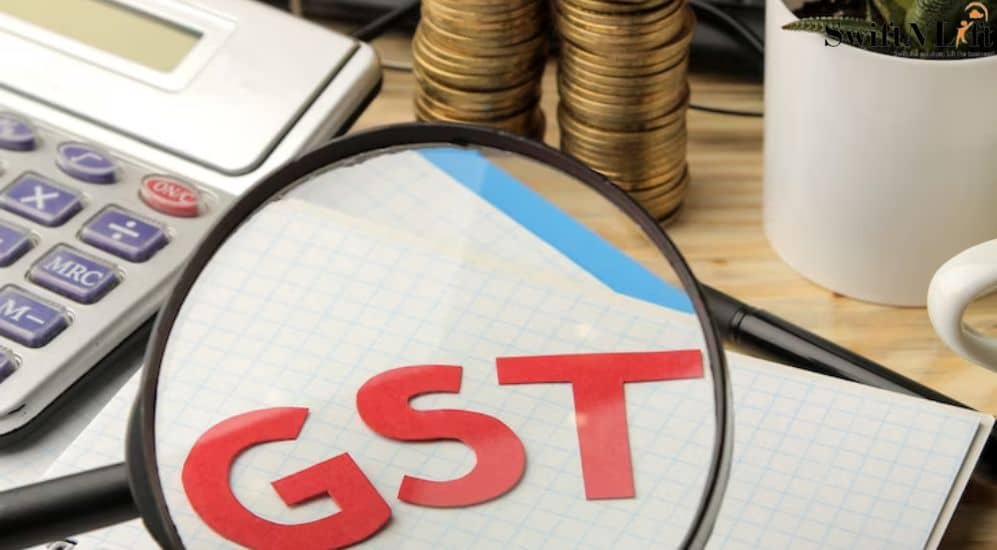
Simplifying GST Compliance: Unleashing a New Dimension of Ease
Introduction
The Goods and Services Tax (GST) was introduced in many countries as a comprehensive indirect tax reform. It aimed to simplify the tax structure, eliminate cascading effects, and foster a more transparent and efficient taxation system. However, complying with GST regulations can be a complex and daunting task for businesses, especially small and medium enterprises (SMEs). To address these challenges, governments and tax authorities have been continuously working on simplifying the GST compliance framework. In recent years, significant strides have been made to streamline the process and make it more user-friendly, leading to simplification at a different dimension.
Digitization and Automation
One of the key aspects of simplifying the GST compliance framework has been the extensive use of digitization and automation. Governments have implemented robust IT systems and online platforms to enable businesses to file their GST returns seamlessly. These platforms provide user-friendly interfaces, simplified forms, and step-by-step guidance, making it easier for taxpayers to comply with their GST obligations. Automated systems also facilitate data integration between different departments, reducing duplication and errors.
Simplified Returns and Reduced Compliance Burden
To ease the compliance burden, tax authorities have introduced simplified GST return formats. Initially, businesses were required to file multiple returns, such as GSTR-1, GSTR-2, and GSTR-3, on a monthly or quarterly basis. However, many jurisdictions have shifted to a single monthly return, consolidating multiple filings into a unified form. This reduces the number of returns to be filed and simplifies the reporting process.
Furthermore, governments have raised the turnover threshold for filing quarterly returns, providing relief to small businesses. This measure acknowledges the challenges faced by SMEs in complying with GST regulations and allows them to focus more on their core business activities.
Technology-driven Compliance Tools
The advent of technology-driven compliance tools has revolutionized GST compliance for businesses. Various software solutions and mobile applications have been developed to assist taxpayers in maintaining accurate records, calculating taxes, and generating GST-compliant invoices. These tools integrate seamlessly with accounting software, reducing manual data entry and the risk of errors. They also provide real-time updates on changes in GST laws, ensuring businesses stay updated and compliant.
Collaborative Approach and Stakeholder Engagement
Governments have recognized the importance of a collaborative approach in simplifying the GST compliance framework. They actively engage with industry associations, tax professionals, and businesses to seek their feedback and suggestions for improvement. Regular consultations and dialogues enable policymakers to understand the challenges faced by taxpayers and address them effectively. This collaborative approach promotes a sense of ownership among stakeholders and ensures that compliance requirements are practical and business-friendly.
Education and Awareness Programs
To enhance compliance levels, tax authorities have focused on educating taxpayers about GST regulations and processes. They conduct workshops, seminars, and webinars to disseminate information and provide clarity on various aspects of GST compliance. These programs aim to demystify complex provisions, clarify doubts, and empower businesses with the knowledge required to comply with GST regulations accurately. Additionally, the availability of comprehensive online resources, including FAQs, guides, and tutorials, helps taxpayers access information at their convenience.
Risk-based Compliance and Simplified Audit Procedures
Governments have adopted a risk-based approach to compliance, focusing their efforts on businesses with a higher risk profile. This approach allows tax authorities to allocate resources efficiently and target non-compliant taxpayers effectively. By utilizing data analytics and advanced technologies, tax authorities can identify potential non-compliance patterns, enabling them to take targeted enforcement actions. Simultaneously, businesses with a good compliance track record enjoy simplified audit procedures, reducing the compliance burden and promoting a culture of voluntary compliance.
Seamless Data Exchange and Integration
To ensure seamless data exchange and integration, tax authorities have established robust systems for sharing information between different departments and agencies. This enables them to reconcile data, detect discrepancies, and take corrective measures promptly. By streamlining data sharing and integrating various tax systems, governments can minimize compliance requirements for businesses and reduce the need for repetitive reporting.
Conclusion
The GST compliance framework has witnessed a significant transformation in recent years, aiming to simplify the process at a different dimension. Governments have leveraged technology, stakeholder engagement, and education to make GST compliance more user-friendly and business-oriented. Digitization, simplified returns, technology-driven tools, and a risk-based approach have alleviated the compliance burden for businesses, particularly SMEs. The collaborative approach and seamless data integration have fostered a more transparent and efficient taxation system. As governments continue to refine the GST compliance framework, businesses can look forward to a future where compliance is simplified, enabling them to focus on growth and development.

